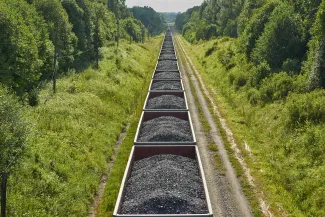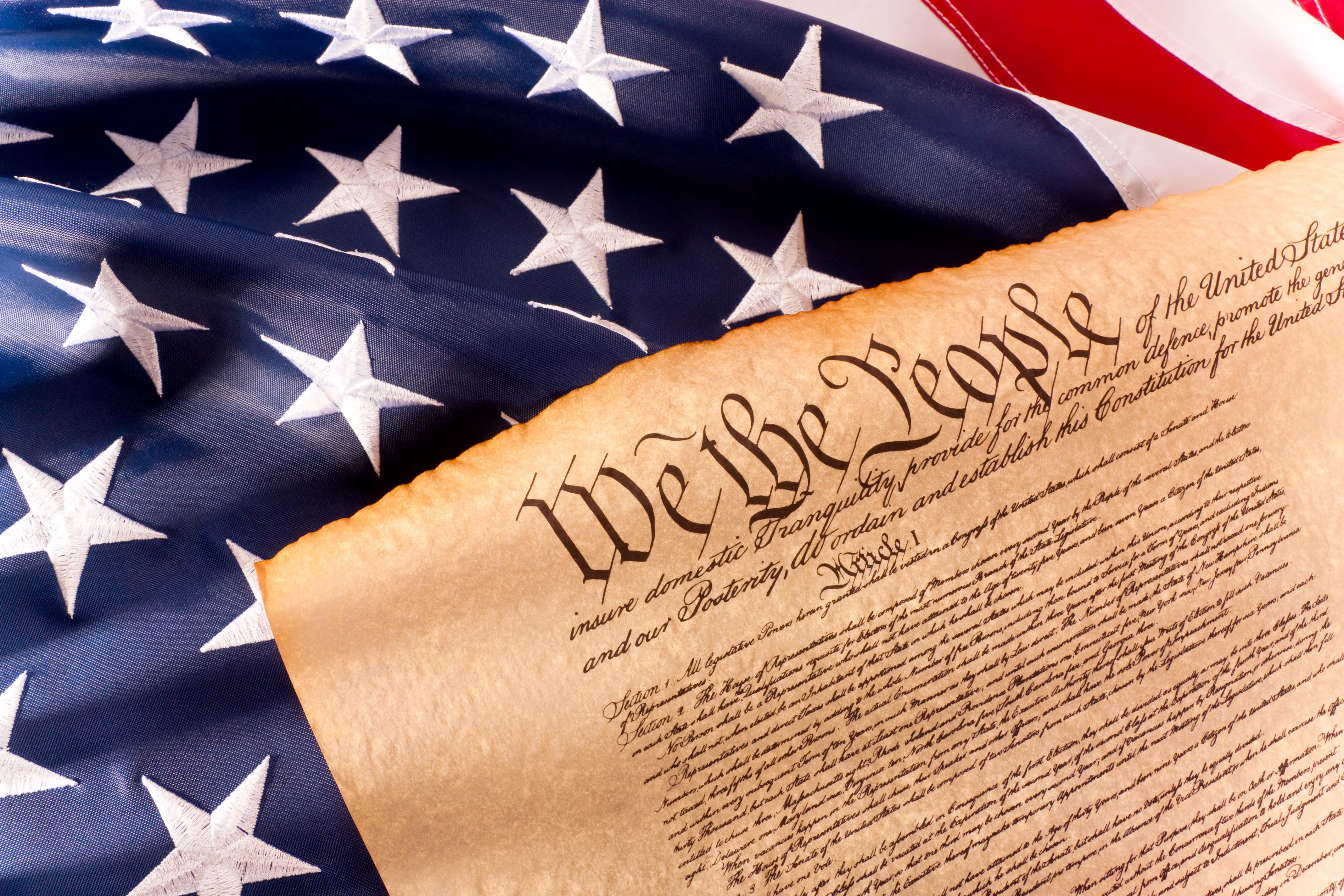
EarthTalk - Where do we stand in jettisoning coal as an electricity source?
© iStock
Dear EarthTalk:
Where do we stand in jettisoning coal as an electricity source?
K.N. via email
Before dinosaurs roamed the earth, large plants grew and died in swampy forests. In the eons that followed, layers of rock and dirt covered the plants, and heat and pressure turned them into a substance high in carbon and hydrocarbons: Coal. The history of coal mining is a dark tale of child labor, black lung disease and an untold number of miners blown up in mining accidents. Research started in 1980 found that acid rain was caused by burning coal, and thus coal’s negative impact on ecosystems became clearer as well. This spurred industries into action and $1 billion was spent on air pollution control equipment.
Yet, 44 years later, coal remains the world’s largest source of electricity generation, with coal demand hitting a historic high in 2022. In 2023, two-thirds of coal-burning plants in the works were in China, which accounts for 60 percent of global coal usage. Despite the known risks, it has proven challenging to get away from this energy source, partially due to the difficulties presented by clean energy sources.

Solar power, or light from the sun that is converted into energy by photovoltaic cells, is restricted by geography—its use is impacted by weather, clouds and tree cover. Wind power may not be cost-competitive in areas that lack wind, and ideal sites to set up wind turbines are often in remote areas. Hydropower, which takes advantage of the movement of waterways, can be less practical in areas where wind slows the current or drought dries up reservoirs. Despite this, technological advances and advocacy against climate change bring greater hope to improvements implementation of renewable energy sources.
The COP28 and G7 agreements are a formal capture of that hope. COP28, which occurred at the end of 2023, resulted in a call from the United Nations for governments to speed up their transition away from fossil fuels. G7 followed shortly after, as the U.S., Canada, France, Germany, Italy, Japan, and the United Kingdom came together and signed a deal to end the use of full-strength power plants between 2030 and 2035. Critics argue that too much leeway is given to countries heavily reliant on coal, but it is a strong signal from industrialized democracies that the transition away from coal should be a priority.
Consumers can help the movement away from coal by opting for renewable energy sources, either by selecting them from your utility’s offerings or installing your own solar panels (or wind turbines) where you live or work. If electricity generated by burning coal is the only option where you live, make your home and office as energy efficient as possible and do your best to reduce the amount of electricity you use.
CONTACTS
- Global Coal Energy Statistics and Facts, https://www.statista.com/topics/3255/coal-energy-industry-worldwide/
- Renewable Energy Types, https://www.ibm.com/think/topics/renewable-energy-types.
EarthTalk® is produced by Roddy Scheer & Doug Moss for the 501(c)3 nonprofit EarthTalk. See more athttps://emagazine.com. To donate, visit https://earthtalk.org. Send questions to: question@earthtalk.org.















